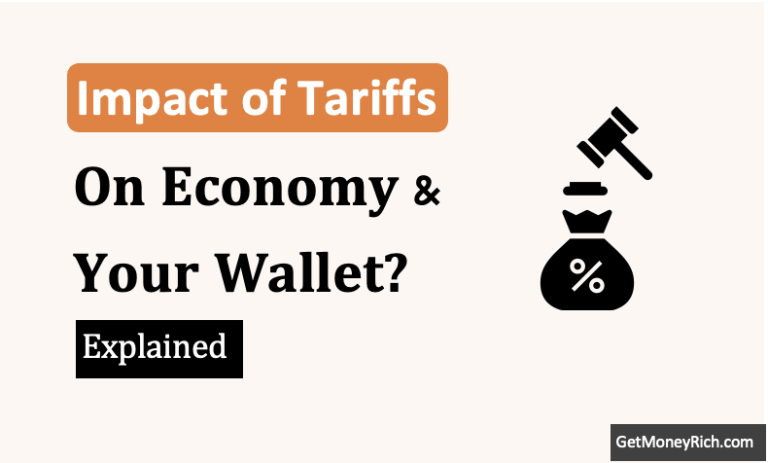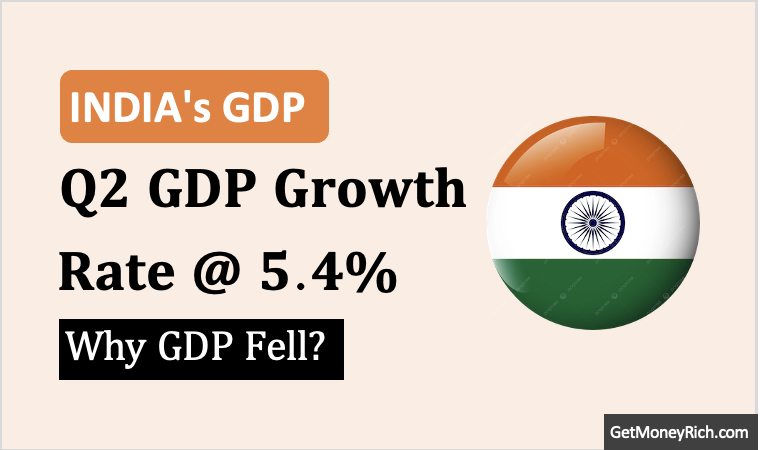Recently, U.S. President-elect Donald Trump threatened to impose a 100% tariff on BRICS nations if they stop using the U.S. dollar in global trade. This move has stirred discussions about the global financial system and how countries like India could be affected. In this blog post, I will explain this complex issue in simple terms and share my views on its potential impact on India, our economy, and the stock market.
1. What The Issue of Tump with BRICS Nations?
BRICS is a group of countries: Brazil, Russia, India, China, and South Africa.
These nations joined forces to promote economic cooperation and challenge Western dominance in the global financial system.
Recently, BRICS expanded to include countries like Saudi Arabia, UAE, and Iran, making it a larger and more influential group.
One key goal of BRICS is to reduce dependence on the U.S. dollar. It is a process called de-dollarization. This means they want to trade goods and services in their own currencies or create a new BRICS currency instead of using the dollar.
2. Why Is Trump Threatening BRICS?
Trump believes the U.S. dollar must remain the dominant currency in global trade.
Many global transactions, like buying oil, happen in US dollars. This is what makes the USD very powerful as it remains always in demand.
What if the BRICS stops using the dollar:
- The U.S. economy could lose its financial advantage.
- The demand for the dollar could drop, weakening its value.
To stop this, Trump has threatened 100% tariffs on goods from BRICS countries.
Tariffs are extra taxes on imported goods, making them more expensive for American consumers.
This could hurt BRICS economies that rely on exports to the US (for example, IT sector of India).
3. How Might This Impact India?
India, being a member of BRICS, is in a tricky position. This aggressive stance of Donald Trump could hurt India and its companies. Let’s break this down to understand how high import tariffs in US could effect Indian businesses:
3.1 India’s Trade with the U.S.
India is one of the U.S.’s biggest trading partners. In 2022, India-U.S. trade was worth over $191 billion.
If tariffs are imposed, Indian goods (like textiles and IT services) will become more expensive in America. This could make the related companies less competitive. In turn, it will potentially reduce exports from India (to US), hurting Indian businesses and jobs.
3.2 Impact on the Rupee
If BRICS nations successfully reduce reliance on the U.S. dollar, the global demand for the dollar could decline. This would weaken the dollar’s dominance in global trade. It may benefit currencies like the Indian rupee.
For India, a reduced demand for the dollar could stabilize the rupee over time. As fewer dollars are needed for international transactions, Indian Rupee will strengthen. A stronger rupee can reduce import costs, particularly for oil, which India heavily depends on, thereby easing inflation.
However, the transition away from the dollar won’t be smooth.
In the short term, markets may react to the uncertainty caused by such a major shift. Investors and traders may speculate, leading to fluctuations in currency values, including the rupee. This volatility could temporarily disrupt trade and investment flows, making imports and foreign borrowings more expensive.
Hence, while the rupee could strengthen eventually, the path to de-dollarization might come with initial economic instability.
3.3 Global Oil Prices
India imports most of its oil, and these transactions are usually in dollars. If BRICS successfully creates its own currency, India might save on currency exchange costs. But this is not guaranteed, as creating a stable BRICS currency is a huge challenge.
For a currency to succeed in global trade, especially for oil transactions, it needs stability, widespread acceptance, and a robust financial system to back it.
India imports over 85% of its oil, mostly priced in dollars. A BRICS currency might reduce exchange rate risks and save on currency conversion costs. However, stability is crucial. The BRICS nations have diverse economic policies. For example, India and Brazil follow market-oriented systems. China and Russia have more centralized approaches.
Aligning these varying policies into a single monetary framework is complex.
Additionally, trust in the new currency would require significant reserves, possibly backed by gold or other commodities.
Without this, traders and nations might hesitate to adopt it. Under pressure and potential risks, it might happen than members might choose to maintaining reliance on the dollar.
Thus, while beneficial in theory, creating and stabilizing a BRICS currency is an uphill task.
3.4 Trade Alliances
India’s position in global trade alliances is complex due to its strong relationships with both the U.S. and BRICS nations.
- The U.S. is one of India’s largest trading partners. A significant exports in IT services, pharmaceuticals, and textiles go to the US. These ties contribute to foreign investment, job creation, and economic growth. Is India ready to risk all of this? Yes, but it will happen only slowly (may be one-step in many years).
- India is also a founding member of BRICS. It share goals like reducing Western dominance in global trade and strengthening regional cooperation.
If India aligns too closely with BRICS, it risks straining its U.S. ties, potentially leading to higher tariffs or reduced market access for Indian goods. Conversely, siding too heavily with the U.S. could alienate BRICS partners like China and Russia. It will jeopardize trade agreements, energy security, and strategic projects.
Balancing these relationships requires diplomacy.
India must prioritize its national interests, navigating these alliances carefully to avoid economic fallout and maintain its standing as a key global player.
My point is, these can happen (without creating a turmoil) only very slowly. The speed should be so slow that its near-term effects are almost like non-existent.
4. Will It Impact the Indian Stock Market?
India’s stock market is sensitive to global events. As dollar mostly remains strong, hence it attracts foreign investors to the United States.
Due to de-dollarizatio, it will start get weaker. If the dollar weakens, investors might look for better opportunities in emerging markets like India. This could bring more foreign capital into Indian stocks.
Firstly, these are all theories, and secondly if it ever becomes a reality, it will takes decades to get executed. So, if somebody tells you that our stock market will see the impact today, I do not think it to happen so soon.
For hypothesis, let’s assume that immediate and strong de-dollarization starts to happen from 2025 itself. What will be the effect on Indian companies and the stock market
- Export-Oriented Companies: Companies in sectors like IT and pharmaceuticals depend heavily on U.S. exports. Higher tariffs could reduce their revenues, affecting stock prices.
- Volatility in Global Markets: Uncertainty around global trade wars often causes stock market volatility. Indian markets could see fluctuations as investors react to changing global dynamics.
- De-dollarization Benefits: If India can reduce its reliance on the dollar for trade, it might improve trade efficiency.
Conclusion
This is a significant global issue, and India must tread carefully.
While BRICS aims to challenge the dollar, internal differences among its members could slow down progress. For instance, India and China have competing interests, and achieving consensus is not easy.
For India, I think, the focus should be on maintaining strong ties with both the U.S. and BRICS nations. But in the next 5-6 years, Indian should be seen aligning more with the US. Having said that, diplomatic talks and strategies should start towards potential de-dollarization in times to come.
The U.S. is a critical trade partner. Antagonizing it could hurt our economy.
At the same time, working with BRICS is also necessary. But I think, at present de-dollarization might not be the visible focus. The real focus should be how BRICS nations could become the next EUROPE (which are more aligned with each other).
From an investor’s perspective, this aggressive stance of Donald Tump (the President elect) could cause the following:
- Short-Term Caution: The stock market might experience volatility, especially for export-driven companies.
- Medium Term: I think, BRICS nations will not be too afraid of what Trump is saying. Because, Trump also knows that 100% tariffs could mean very inflation in US. Feds will not let such inflation levels to creek in the economy of the US.
- Long-Term Opportunities (10-20 years): If de-dollarization happens, it will reduce costs and attracts foreign investments, India’s market will benefit.
As this story unfolds, we’ll see how India handles this complex chain of events.
If you found this article useful, please share it with fellow investors or leave your thoughts in the comments below!
Have a happy investing.




![If A Bank Closes What Happens To The Deposits? [DICGC]](https://ourwealthinsights.com/wp-content/uploads/2021/06/If-a-bank-closes-what-happens-to-deposits-image2.png)
